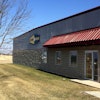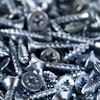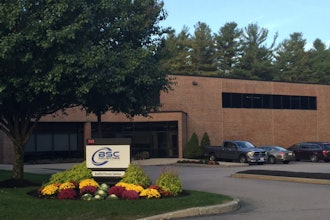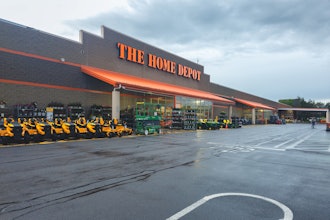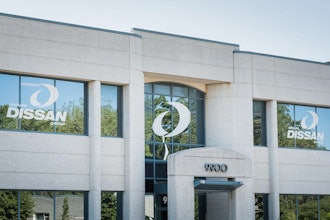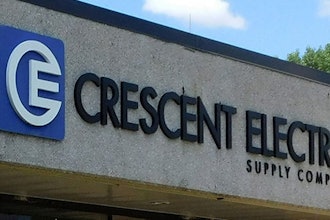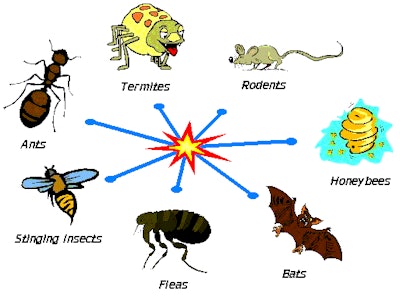
The push to use environmentally friendly methods in business operations, including pest management, continues to gain traction. Conservation and recycling efforts now play a major part in our daily lives, whether at home, at work or at another public place. But what about your facility? Have you changed any equipment or processes to help your business become more environmentally friendly? Pest management is often overlooked when companies work to improve environmental efforts.
The days of traditional pest management strategies — which may have included an over-reliance on pesticides and reactive pest treatments — are long gone. In their place is a proactive approach to pest management that uses chemical treatments only as a last resort. This approach, Integrated Pest Management (IPM), focuses on facility maintenance and sanitation to help prevent pest activity in the first place. An effective IPM program utilizes a variety of non-chemical methods including source reduction and improved sanitation to help prevent pest activity. This type of program must reflect auditing standards and food safety requirements for your facility.
IPM programs are used to target some of the pests listed below. Here are some tips for how you can work with a licensed pest management professional to help keep insects in check on your property.
Stored Product Pests
Invaders that fall into this category pose serious product damage threats. Often hitching a ride into food processing facilities via product shipments, stored product pests like Indian meal moths contaminate dry goods such as whole grains, seeds, flour and feed. If you’re unaware of their presence when they begin to reproduce, a hard-to-control and costly infestation situation may occur. While these pests are small in size, they can damage more product than they actually eat, causing harm to your inventory that can result in product recalls or worse.
Pest-monitoring devices like pheromone traps are a great way to help monitor and manage stored product pests. These devices use synthetic pheromones — chemical secretions insects use to communicate with each other — to attract pests to a non-toxic sticky board. Once the insects are attached to the device, they are unable to escape.
Crawling Pests
Crawling pests like ants, cockroaches and rodents can slip into your facility through small cracks and crevices. While mice can enter through holes the size of a dime and rats can squeeze through quarter-sized openings, cockroaches only need 1/16 of an inch to find their way inside. With this in mind, it’s easy to understand the importance of sealing all cracks and crevices with weather-resistant sealant to keep these pests outside.
Along with sealing all openings, there are several tools you can use to help keep these crawling pests in check:
- Baits: Often used to help manage cockroach populations, baits come in several forms and can provide a targeted solution. Gels and bait pucks are installed directly to infested areas, targeting the locations where cockroaches live. The baits are ingested by cockroaches and carried to harborages, helping to reduce the population.
- Repellants: For ants, repellant dust is often employed to prevent them from hiding in tiny, hard-to-reach areas. The repellant is created with a combination of pyrethrins — organic compounds derived from chrysanthemum flowers and silica gel — that causes damage to the exoskeletons of insects. Pests immediately retreat from the area when they come into contact with the repellant, so also consider applying it to cracks and crevices found in exterior walls prior to filling the openings with weather-resistant sealing.
Flying Pests
Flies are among the most problematic of pests, carrying billions of microorganisms on their bodies that cause food contamination and transmit disease. These insects reproduce quickly in a variety of unsanitary habitats. A female housefly can produce up to 1,000 eggs in a lifetime, and the larvae only need seven to 10 days to develop into adults.
In addition to implementing a strict sanitation regimen, consider the following mechanical methods to help manage flying insects:
- Insect Light Traps (ILTs): ILTs, also known as fly lights, use ultraviolet light bulbs to attract and draw flies to a non-toxic sticky board inside a trap unit. They help to monitor and identify the source of flying pest activity, as well as reduce the pest population at the facility. ILTs are often mounted on the wall near entrances so the light is the first thing the flies see, immediately drawing them into the trap before they can make their way into the facility where food products are stored. Keep in mind that these lamps should be changed frequently since they are most effective in the first 30 days after installation. Before selecting the type of fly trap to use at your facility, it’s important to determine the species of the fly and appropriate placement for the trap.
- Air Curtains that use a fan to direct air away from the doorway provide a physical barrier to flying insects when installed appropriately over employee and overhead doors. By stopping pests at the door, fewer chemical treatments may be needed inside.
General Pests
In addition to the tools above, there are several other ways to help reduce pest activity:
- Insect growth regulators (IGRs) are used to prevent pests from reaching the adult stage, which keeps them from reproducing. Consult a licensed pest management professional if you’re interested in using IGRs to ensure that the appropriate type and formulation are included in your IPM program.
- Organic cleaners are also helpful to incorporate into your sanitation regimen, as they break down the grease and grime that collect in drains or on compactors and often attract pests.
- Heat treatment may be another option for the management of some pests such as stored product pests or cockroaches.
An effective IPM program emphasizes the use of non-chemical methods and, when needed, targeted interventions with low impact materials. This approach will help lead to a successful, more environmentally friendly program for your facility.
Patrick Copps is Technical Services Manager for Orkin’s Pacific Division. A Board Certified Entomologist in urban and industrial entomology, Mr. Copps has more than 35 years experience in the industry. For more information, email Mr. Copps at pcopps@orkin.com or visit www.orkincommercial.com.

